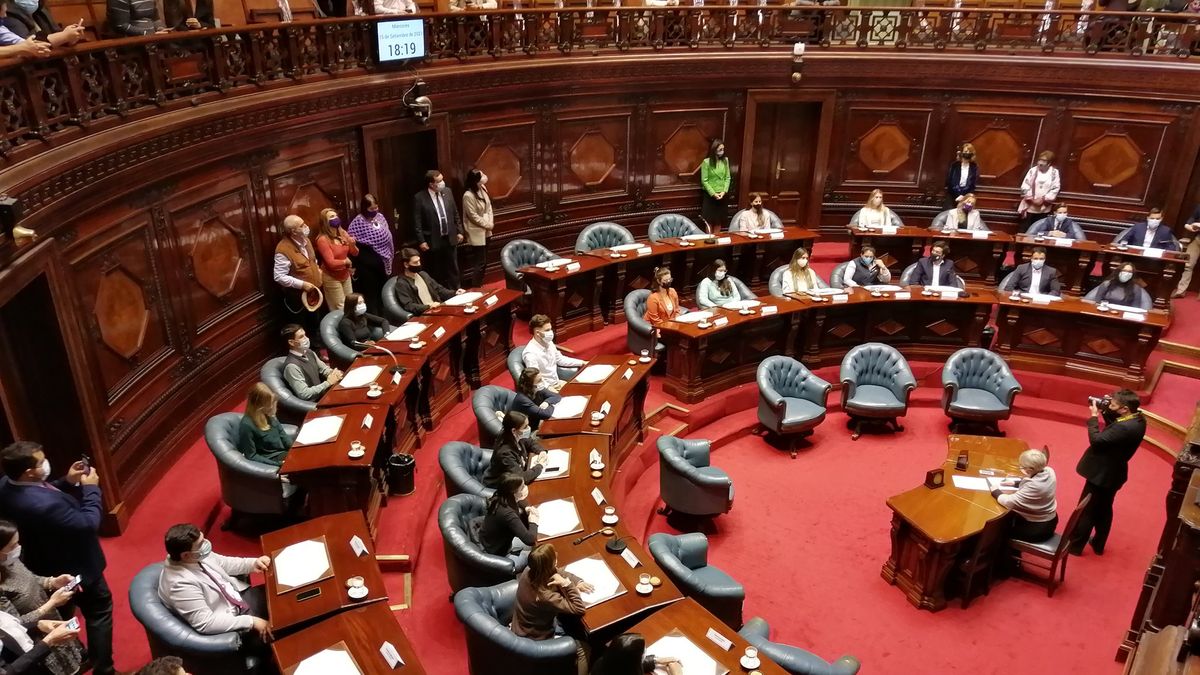The congratulations of president Javier Milei to his Minister of Economy, Luis Caputo, due to the more than surplus result in January of the accounts of the National Public Sector (SNP) they do not take into account on whom the burden of the adjustment really fell and those most affected are very far from what could be called the “political caste”.
Of every 100 pesos of primary surplus achieved in January, $44.5 was contributed by retireeswith lower purchasing power.
If they are taken into account the three main items that contributed 79% of the total reduction in addition to pensions, 22.5 percentage points were contributed by consumers through lower subsidies, and 12 points by State employees who did not receive an increase in their salaries in the same proportion in which inflation rose.
Through the increase in taxes, which in general ends up being paid by the entire population, due to higher costs, $0.43 billion was raised, so 21.5% contributed to the final result.
The data appears in a report from the society of Personal Portfolio Investments (PPI) stock market. There it is highlighted that the overwhelming result of January, which counted primary surplus of $2 trillion, and a financial surplus of $518,000 million, was based on an impressive liquefaction of public spending of 39.4% in real terms.
ppi-superavit-january-2023.png
The study specifies that “primary spending plummeted 39.4%, which represented a contraction of $2.69 billion in constant pesos in the annual comparison.” In the PPI estimates, the current primary expenditures sank 35.3% annual real, equivalent to $2.22 trillion.
That, in turn, is replicated by a drop of 29.7% or $1.13 trillion in social benefitsexplained in almost 80% by the decrease in retirements and pensions (-38.1% or $-0.89 trillion) due to the delay in the salary adjustment formula based on inflation.
There was also a “contraction of 64% or $0.45 billion in economic subsidies, which is practically entirely a cut in energy subsidies (-77.2% or -$0.37 billion) due to the postponement of transfers to CAMMESA”.
On the other hand, there are a real reduction of 28.3% or $0.34 billion in operating expenses, based mostly on a liquefaction of public sector salaries (-27.2% or -$0.26 trillion)
And finally, it is worth remembering that Javier Milei’s government cut provincial governors by 72% or $0.16 billion from current transfers. Capital expenditures, that is, public works, plummeted by 86% in real terms or $0.47 trillion, bringing capital transfers to provinces almost to zero.
The only two expenses that fell nominally were transfers to the provinces with 0.9% and capital expenses with 50% compared to a year ago.. The rest was liquefaction of items.
Cannot maintain that level of adjustment
PPI considers in this regard that the relevant question is how sustainable is the fiscal adjustment exhibited in January, given that it was based mainly on a liquefaction of public spending rather than on a nominal cut in items.
“The strongfairness in social benefits (retirements and plans) seems reversible, not only because of the high political cost, but also because of the lag in the indexation formula. As the formula has a “lag” (a delay) of one quarter, these expenditures will represent a heavy burden and an obstacle to organizing the public accounts once inflation goes down, since they will begin to adjust for past inflation,” indicates the stockbroking company.
The report warns, meanwhile, that ““The good result in January confirms that the economic course is being followed in pursuit of reaching financial balance in 2024.” And he points out that “it is necessary to have large fiscal surpluses in the first half of the year, when the seasonality of income and expenses works in favor, to compensate for the typical deficits of the second half.”
Source: Ambito




